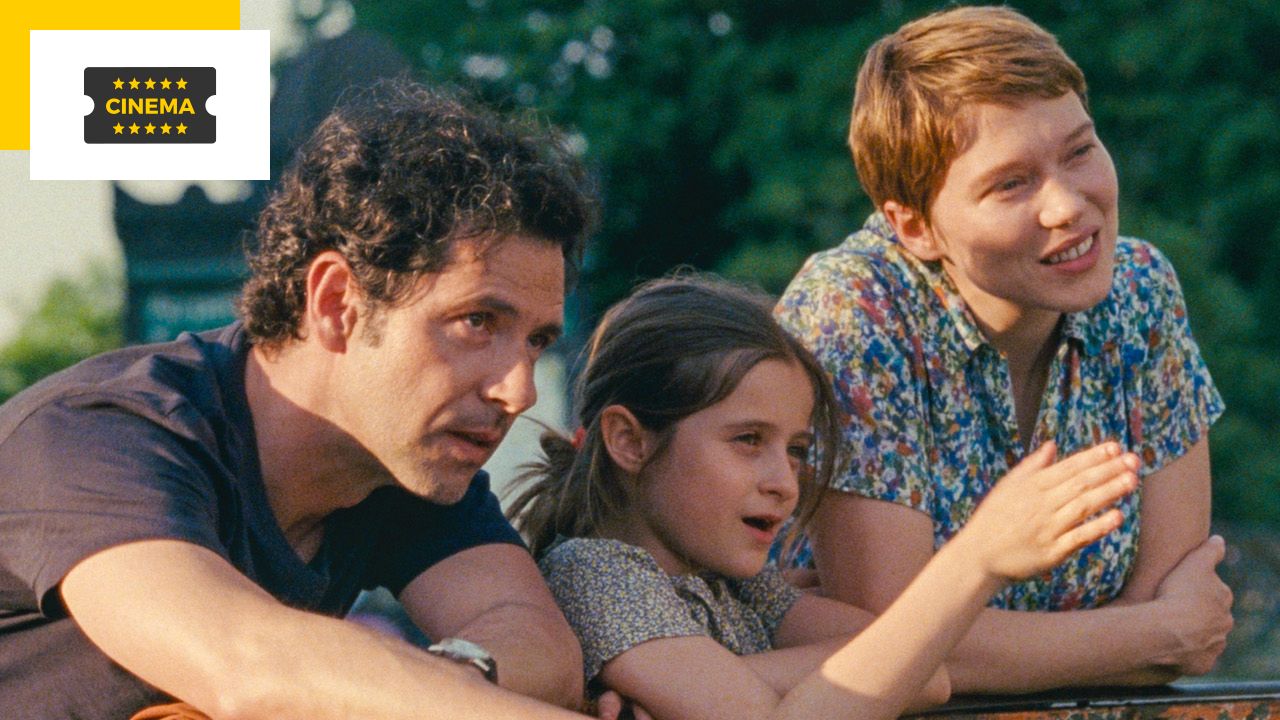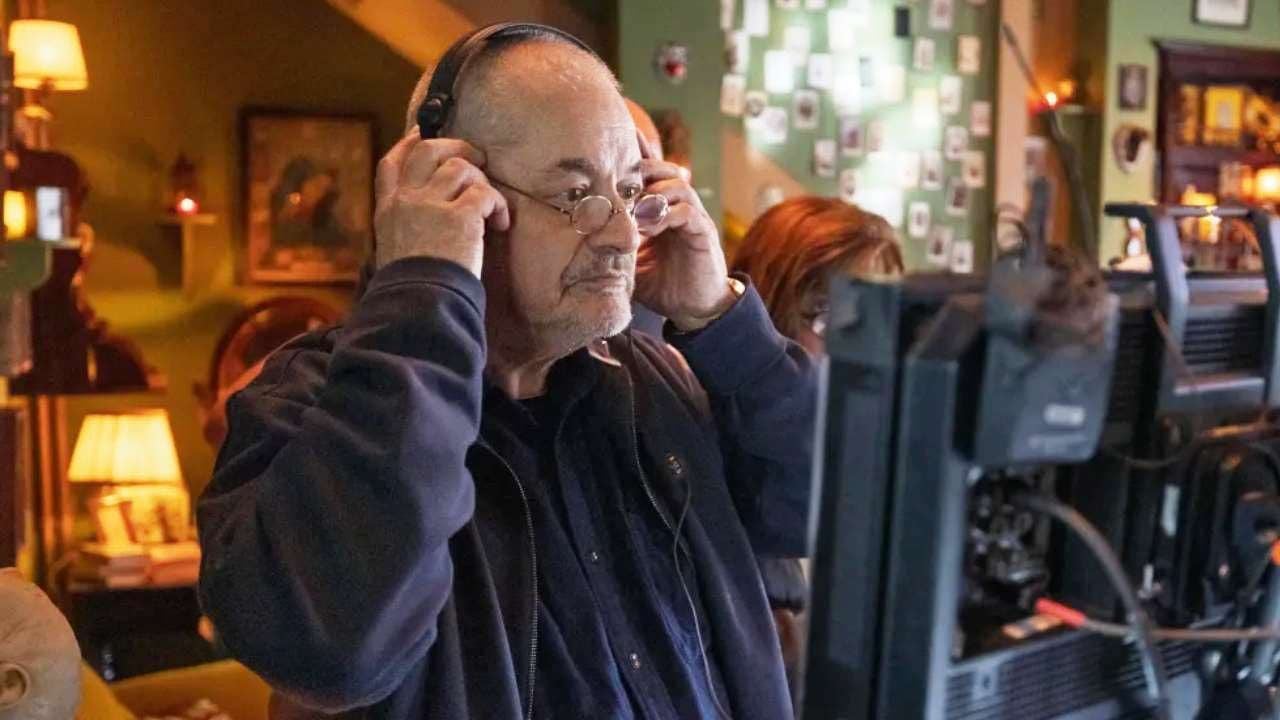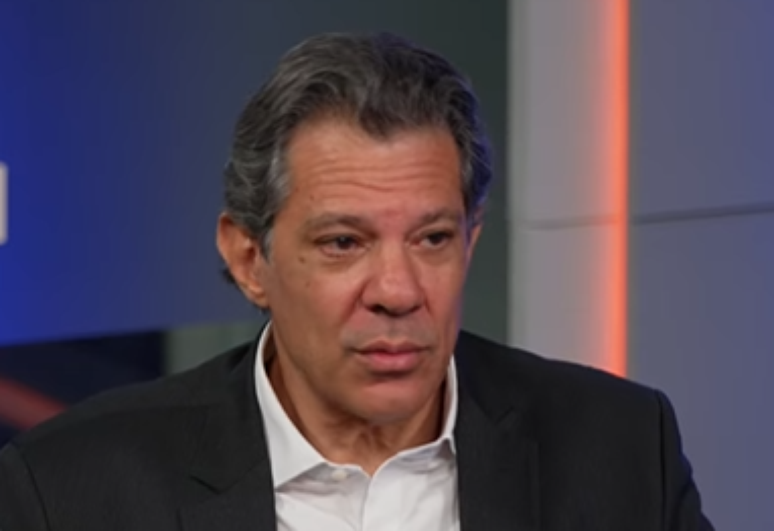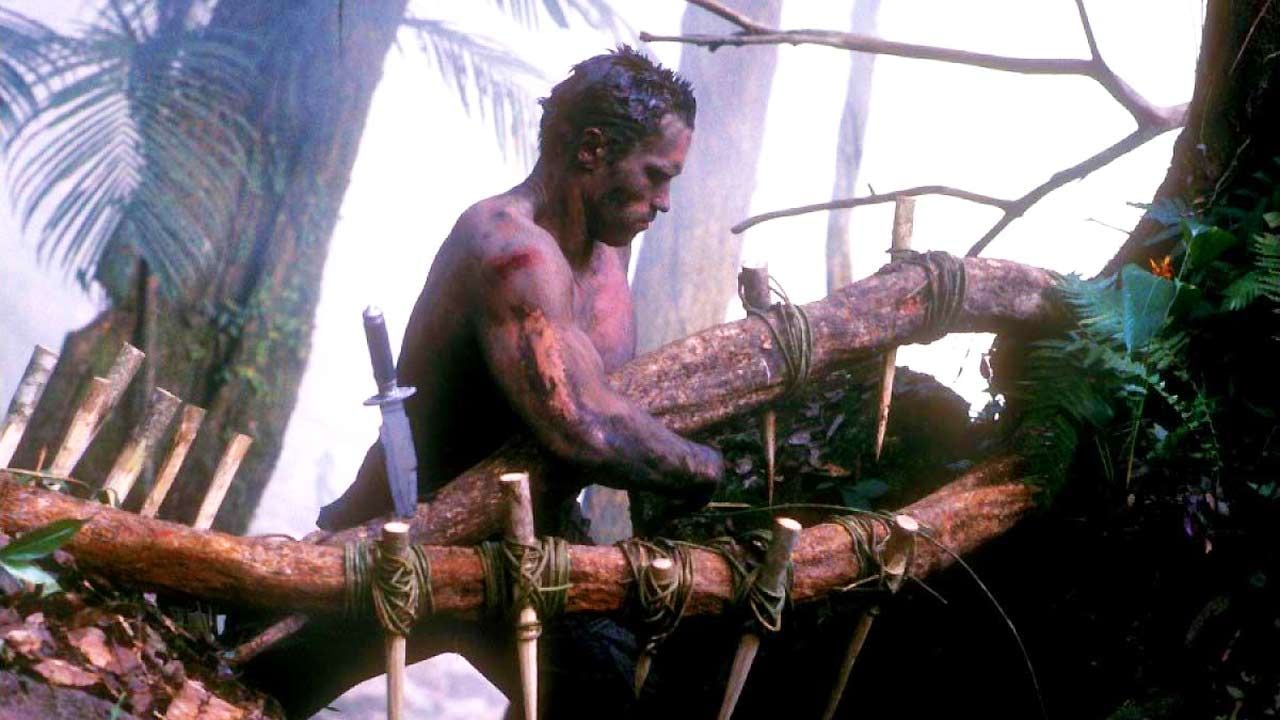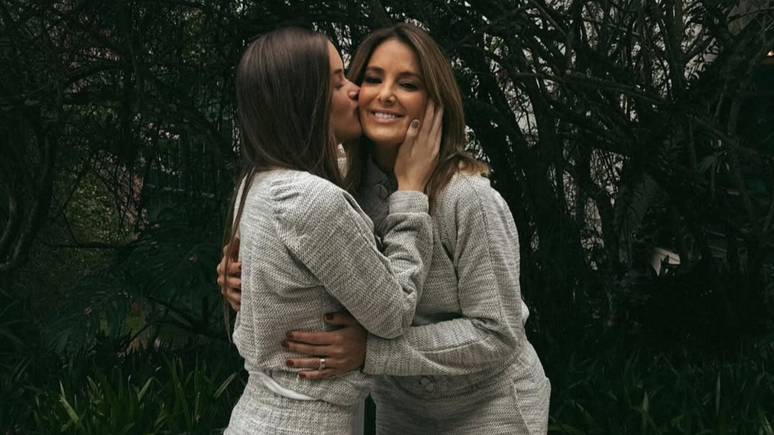We spoke to him at the Cannes Film Festival, where his moving film was presented and honored in the Directors’ Fortnight. At the theatrical release of “Un beau matin”, a meeting with director Mia Hansen-Lowe.
In theaters this week, don’t miss Mia Hansen-Löwe’s melancholic and sweet chronicle of everyday life, Beautiful Morning: the story of a young woman who endures the serious illness of her father, who suffers from neurodegeneration, while living a passion that prevents and saves.
Unrecognizable as this duty-bound woman, torn by her conflicted feelings and far removed from the obvious object of desire she often portrays in cinema, Léa Seydoux is superb. Next to him, Pascal Gregory is stunning, reduced to the skin of a former philosopher who has been let go by his brain and then his body.
A story of mourning, in the background of a transfer and a renewed awakening, inspired by the experience of the director. It was in Cannes that we met him.
This disease that my father had and from which he died took a very large place…
AlloCiné: When talking about the genesis of your films, you often mention the impression that you don’t have a choice. As if their existence imposed itself. What was necessary here in the origin of this film? Why this story at this time?
Mia Hansen-Løve: I would say that was truer than ever in this film. There are films that I chose more, wanted, even always felt a form of need. But not that, he charged himself. I have to agree to accept it. I couldn’t get away, but I still tried.
But this illness, which my father had and from which he died, took up too much space. He was still alive when I wrote the film. But I got to the point where it closed my inspiration to something else, I needed to understand what I went through and understand it.
All my films are related to the search for meaning, truth. I try to capture what life is for me, the experiences I have of it as time passes, with age. Life changes and inspiration renews. I try to convey in any case the feeling that I have in my life at a given time. At that time, I needed to face this illness in order to overcome it, to overcome it.
Was your character, played by Léa Seydoux, inspired by the experiences you described? How close is he to you?
These two are very close, but I could also identify differences, contradictions. The characters in my films are always inspired by what I have experienced. Of course, I see a lot of myself in him, there are commonalities, but the differences make it possible to make a solidly fictional character.
That’s what attracts me. I never want to make a movie that is a literal translation, point-by-point, of what I know. Part of the unknown in fiction is exciting and driven by a thousand little things. The biggest of them is meeting the actors.
When shooting actors, you can’t build pre-written characters on them, you have to adapt your sensibility to them. Characters in movies are always familiar even when it’s very personal like mine. A meeting between the personality of the filmmaker and the existence of the actor.
The movement that excites me and gives me meaning is what Lea, Pascal, Melville (Pupo) do with the roles I have written, but they are the ones who will give them life, bring nuances, melodies, phrases, a personality to resemble. They more than me.
This meeting will form a third character, which will not be me or Leah, but Sandra. That’s what’s amazing about cinema, and that’s what’s so comforting. It is an accurate translation of the feeling of life undergoing a transformation in representation. Through transposition, obfuscation, change, we can obtain even greater truths.
I wasn’t into fantasy, I wanted to capture Leah as a real person in a new light
You wrote for Léa Seydoux and yet, in the foreground, we do not recognize her as such, we do not have in front of us the glamorous Léa Seydoux that we might expect a priori. What did you want to say about it?
What was exciting about working with him was that he took off all the trappings that we’re used to, even though I’ve admired him in all his recent films. I found him extraordinary, but it is true that they were often more extravagant roles, far from the everyday, characters that were mostly related to fantasy in one way or another. I wasn’t into fantasy, I wanted to capture Leah as a real person in a new light.
When you shoot an actor, you want to rediscover them, one way or another. The paradoxical fact of filming him in a more banal, everyday role, closer to reality, made me feel like I could give him access to a part of his humanity that cinema has never really allowed us to see before.
Especially in dealing with emotions, Leah has something very powerful because it is not technical and at the same time, she has the ability to be in touch with an emotion that is overwhelming. While filming it, I was impressed by how he showed a sadness that was never ordered, artificial, but arose from situations, scenes that came by itself without ever asking for it.
She is the opposite of Leah from the acting studio, she doesn’t know things. He is, he becomes the character, he lives the situation. If this situation makes his character cry, he cries, but we have never been in a technical relationship with the acting profession. Which is fine by me because that’s how I work.
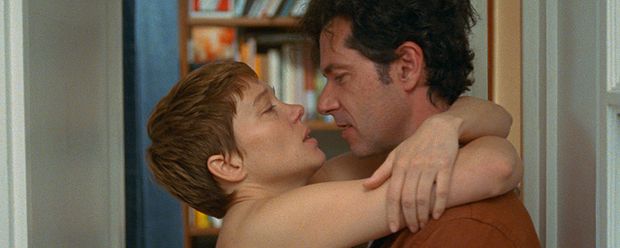
The heroine she portrays also experiences very conflicting emotions, mixing up the mourning to be done and the love passion born, in other words, mourning and rebirth at the same time…
These two things are organically connected in this film for me and are of equal importance, even if the disease seems more spectacular. There is this rebirth, the rediscovery of her body, her sensuality, the love that sustains her and at the same time is strengthened by this need.
When we come into contact with disease, when we see death at work, when we feel long-term mourning for someone who is still there and yet no longer there, we need to cling to life. And for me this love encounter, because it happens at that moment, is even more necessary, of the order of vital impulse.
I was interested in showing this coming and going between life and death, rejection and hope at the same time. We go through moments in life when these two things mirror each other, and it’s dizzying.
I wanted to try to create this feeling, this dizziness, which also brings us back to the cruelty of life, which saves it, which continues beyond the irreparable loneliness of this sick person. But life goes on, renewed with possible happiness for him. It is both comforting and painful, and my films often reflect these paradoxes.
This is a moment that I knew very well in the process of the disease, and I wanted to strengthen it and look at this character by taking the time to show up as much as possible, to exist in these moments.
You stand as if in a mirror, the strong and comical mother figure played by Nicole Garcia, in front of this fragile and moving father figure. All this against the background of the transfer materialized by the library, a very important theme of your cinema…
There are always two things at work in my cinema: one that goes in the direction of melancholy and that which goes forward, the future. This duality in this film is naturally distributed between these two roles: this sick character, a fatal sadness, who was already sadness before and who is now in endless loneliness. And the female character, more pragmatic, seemingly detached, but more on the side of life. This duality reflects what is at the heart of my inspiration.
And finally, a word about the dialogues that this father has with his daughter: his opinion is definitely deconstructive, and there is poetry in it. What is the place of exchange, speech?
I have given a lot of space to this word, because it is a man who is sinking, who will soon be unable to speak. These are the last words, which are already on the verge of incomprehensible, and yet something is happening. It was about catching something, on the edge, tracking what is still there, about what is still passing through what is with words that are already falling apart.
In each scene we recover an intention on his part that he cannot articulate, but that speaks for what it is. This is a moment that I knew very well in the process of the disease and I wanted to strengthen it and look at this character by taking the time to make him appear as much as possible, to exist in these moments.
And even if we don’t understand everything he says, there is definitely poetry and something that shines through in moments of clarity. Something fleeting that I wanted to capture.
How did you work with Pascal Gregory, who is also incredible and unrecognizable in this film?
He is special and what made it all possible is his ability to listen above all. He has abnegation, he was lost, his character was erased. I did not see Pascal Gregory again… I gave him my knowledge or rather my intuition about the manifestation of this disease.
He was very attentive, but above all it was something very internal, not very technical. It was like a thread that he was able to untangle very quickly. I discovered an extraordinary truth that he found and that never left.
When Léa Seydoux commented on what she was aiming for:
Source: allocine
Emily Jhon is a product and service reviewer at Gossipify, known for her honest evaluations and thorough analysis. With a background in marketing and consumer research, she offers valuable insights to readers. She has been writing for Gossipify for several years and has a degree in Marketing and Consumer Research from the University of Oxford.

